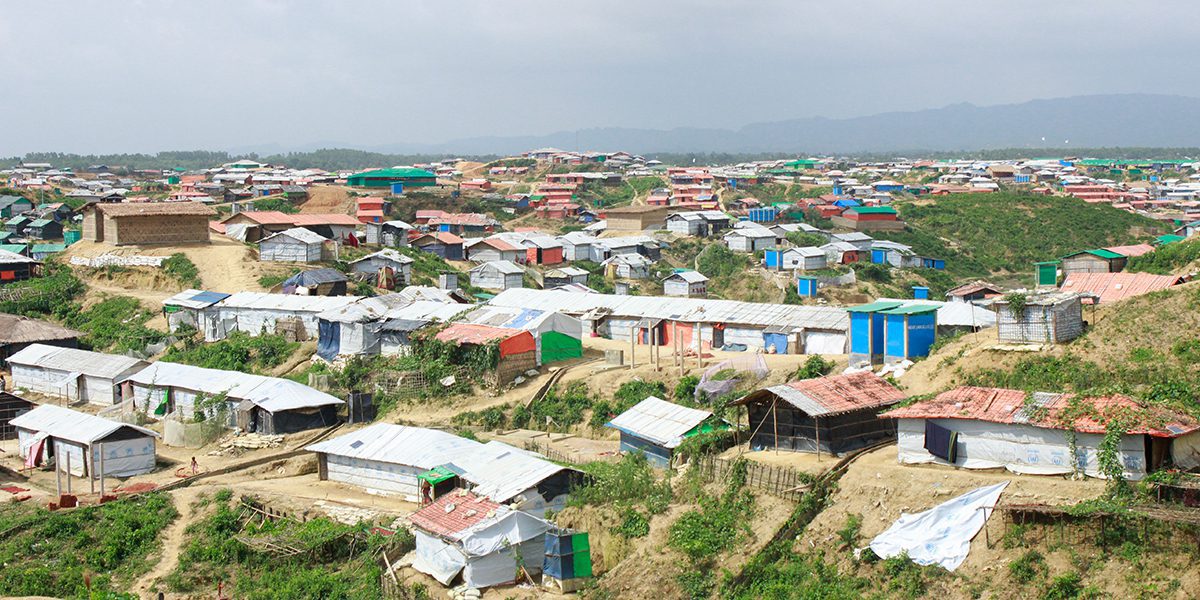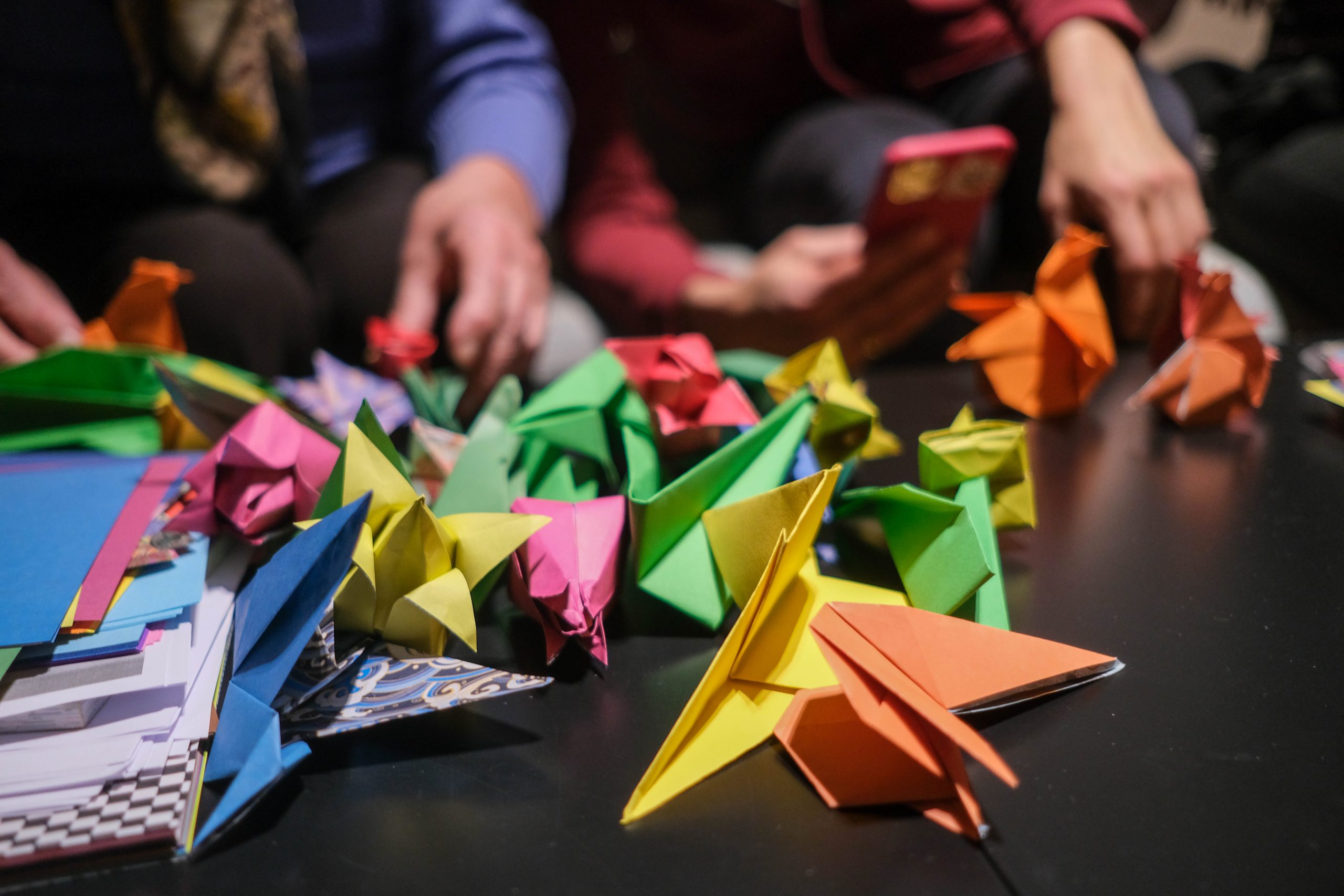JRS Bangladesh: Five Things to Know About Cox’s Bazar
20 April 2022

More than half a million people struggle to rebuild their lives in the world’s largest refugee camp in the Cox’s Bazar region of Bangladesh. Most are Rohingya refugees who fled violent ethnic and religious persecution in neighboring Myanmar.
The 2022 Joint Response Plan (JRP) for the Rohingya Humanitarian Crisis was launched on March 29th, renewing an effort to support Rohingya refugees in the Cox’s Bazar region. Babar Baloch, a spokesperson for UNHCR, detailed the initiative to journalists in Geneva.
At the crux of the 2022 JRP is a renewed and rejuvenated commitment to prioritize the protection of Rohingya refugees. The plan focuses on the individuals living in Cox’s Bazar and emphasizes the ways climate change will continue to impact people’s quality of life.
Humanitarian organizations are asking for over $881 million to support around 1.4 million people. The initiative includes the five following objectives:
- Work towards more sustainable repatriation of Rohingya refugees to Myanmar. This effort includes training in livelihood programs so that individuals might be able to repatriate and reintegrate into society in Myanmar.
- Protect basic human rights and uphold the well-being of Rohingya refugees.
- Make sure that populations in the most need get the humanitarian assistance they require. By working closely with the Government of Bangladesh, the JRP aims to “enhance preparedness and contingency plans for disaster responses.”
- Support host communities who have welcomed Rohingya refugees. One of the main objectives of this year’s plan is to “foster the well-being of host communities in Ukhiya and Teknaf Upazilas. Plans to achieve this goal include increasing “public service infrastructure…[supporting] sustainable livelihoods for host communities and…[rehabilitating] the environment and ecosystem.”
- The most recent addition to the JRP is the inclusion of climate focused objectives. Natural disasters in the region have continued to increase in occurrence as the impact of greenhouse gas emissions continues unabated.
The Government of Bangladesh, the International Organization of Migration, and UNHCR supported the launch of the JRP in March. Through the JRP, Bangladeshi authorities have united 136 organizations to support Rohingya refugees with a stronger and more comprehensive approach, including a response to climate risks.
According to the JRP, the physical location of Cox’s Bazar requires a more robust response to mitigate these climate-related dangers, including measures to “restore ecosystems, promote reforestation [and] development of waste management plans.” Researchers have estimated that, if greenhouse emissions continue to rise, “Cox Bazar will be the worst hit district in South Asia as average temperatures rise and rainfall patterns become disruptive.”
The JRP also outlines strategies to train Rohingya refugees and Bangladeshi first responders to know how to be better prepared for natural disasters.
In July 2021, monsoon rains killed six Rohingya refugees and affected 21,000 people living in the Cox’s Bazar region. Before these disastrous monsoon rains occurred, a massive fire killed 11 people and destroyed thousands of shelters. Without intervention, more loss of life and displacement will surely occur.
The JRP aims to mitigate this, but it can’t do it without larger, global commitments to reduce greenhouse gas emissions and other factors contributing to climate disruptions. Additionally, the global infrastructure to support climate refugees does not yet exist. JRS/USA promotes greater support for all refugees, including those impacted by climate-related events.



